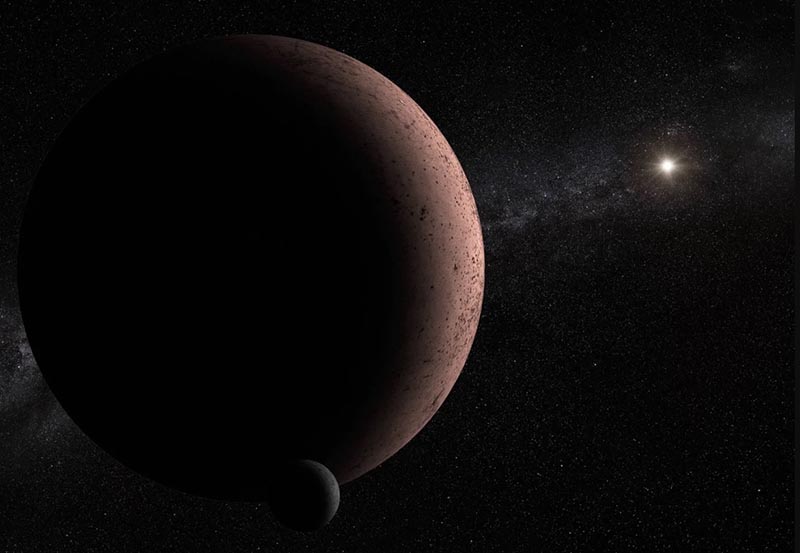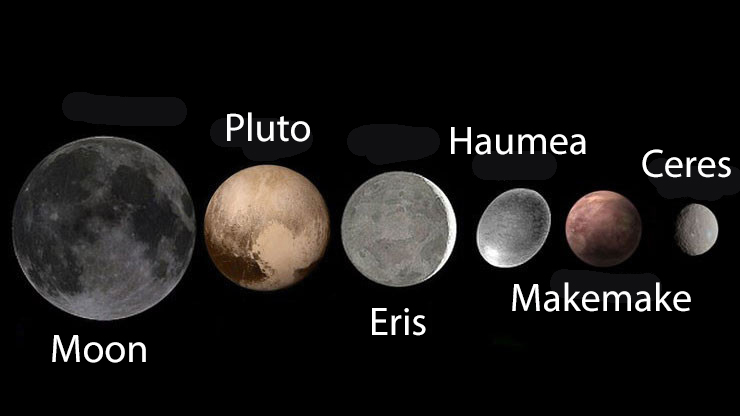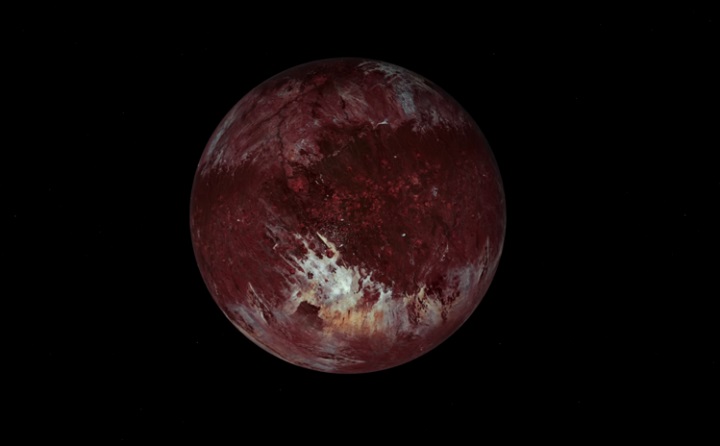The dwarf planet Makemake is interesting for its unusual chemical composition. However, it is too far from Earth to think about sending a spacecraft there in the next dozens of years. But there is no doubt that sooner or later a brave astronaut will step on the surface of this celestial body.
- The total surface area of Makemake is about 2.4 million square miles (6.3 million square km). This is about 68% of the total square of the United States or about 25 times the size of Great Britain.
- Of all the classical (that is, not having an orbital resonance with the orbit of Neptune) objects of the Kuiper belt, it is the largest.
- Makemake doesn’t have the official status of a dwarf planet yet. But it fits all the criteria, so it’s probably only a matter of time before this status gets assigned.
- Scientists still don’t know whether the axis of rotation of Makemake is inclined to the plane. But even so, it is unlikely that there’s a change of seasons since this plutoid is located really far from the Sun.
- There is no atmosphere here, but it probably appears from time to time as the dwarf planet approaches the Sun. When it moves away from it, the atmosphere freezes again and falls to the surface in the form of precipitation.
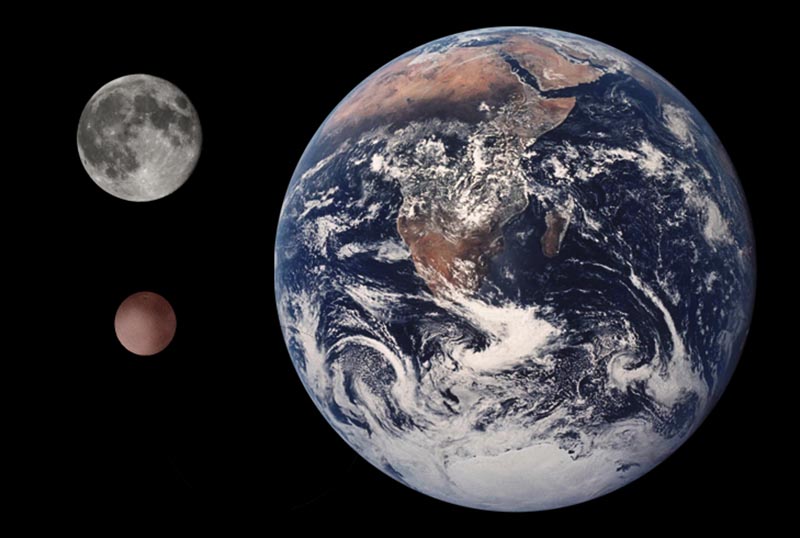
- Makemake was discovered in 2005. But later, after studying archival images, this celestial body was found on many of them, so it could have been discovered as early as 1955.
- There is a lot of snow there, though it consists mainly of frozen methane. The presence of water ice there is still unproven.
- The sun looks just like a very bright and large star to an observer on the surface of Makemake. Roughly the same looks as Venus from the surface of the Earth.
- Methane snow on Makemake forms large structures like hailstones or crystals due to a rare coincidence of many factors. The diameter of those structures reaches 0.5 inches (~1 cm).
- The temperature there ranges from -396 °F (-238 °C) to -405 °F (-243 °C), that is it constantly remains extremely low.
- This celestial body rotates around its axis very quickly, so the day there lasts about 7 hours and 40 minutes, give or take.
- The gravity on Makemake is 24.5 times weaker than on Earth. A person jumping up here would raise tens of feet above the surface and then fall back slowly for a long time.
- This plutoid has a moon with a diameter of 70-150 miles 100-200 km). Before its discovery, scientists considered Makemake to be the only dwarf planet with no moons at all.
- The flight to Makemake on the optimal trajectory will take about 16 years for an unmanned spacecraft. The start window is rarely opened, and the nearest available dates are 2024 and 2036.
- The diameter of this dwarf planet is about 918 miles (1478 km).
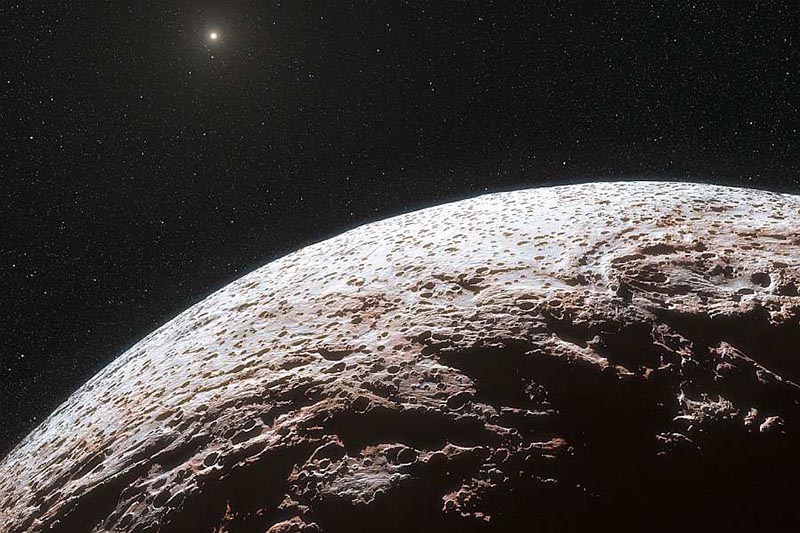
- The first space velocity required to exit the surface to a stable orbit is 16 times lower in Makemake than on Earth. Therefore, taking off from here would require significantly less energy than on our planet.
- This is one of the reddest celestial bodies in the Solar System, and the color of the plutoid resembles the color of Mars. Most scientists agree that the rich red-brown color is due to the presence of a large number of organic compounds.
- The albedo of Makemake reaches 70%, which is higher than that of any other dwarf planet. So it is quite possible to see it in a quite cheap telescope.
- This plutoid was named after the supreme deity from the pantheon of the Rapanui, the indigenous inhabitants of Easter Island.
- Makemake turns out to be closer to the Sun than Pluto at times. But this happens rarely since it takes 306 years for this plutoid to make one revolution around our star.
